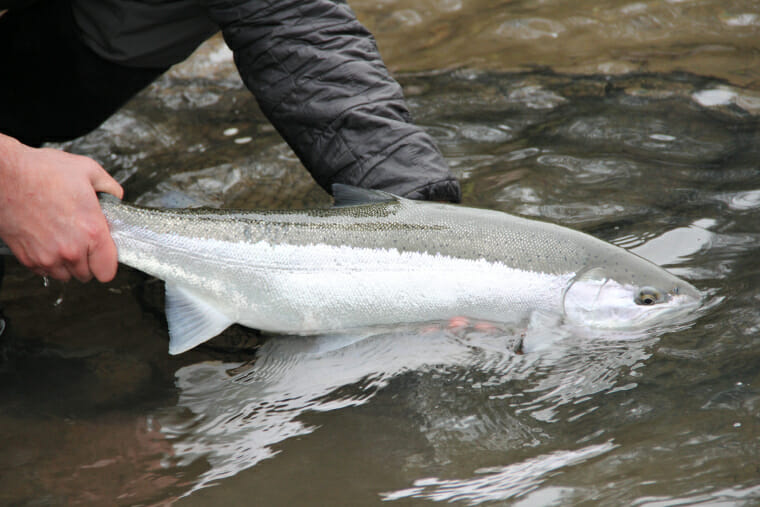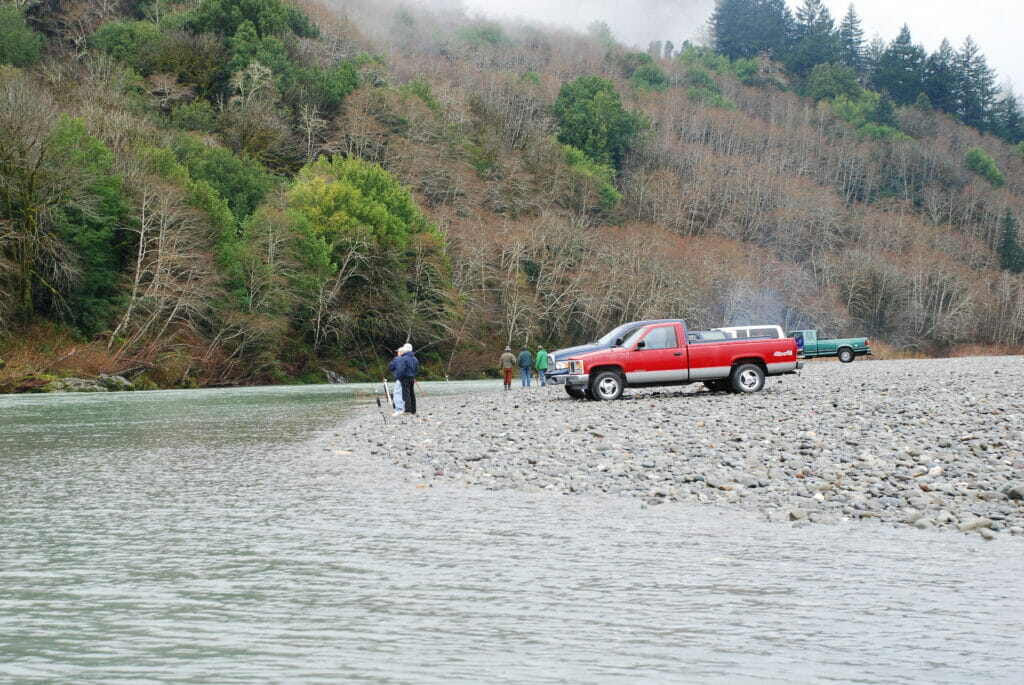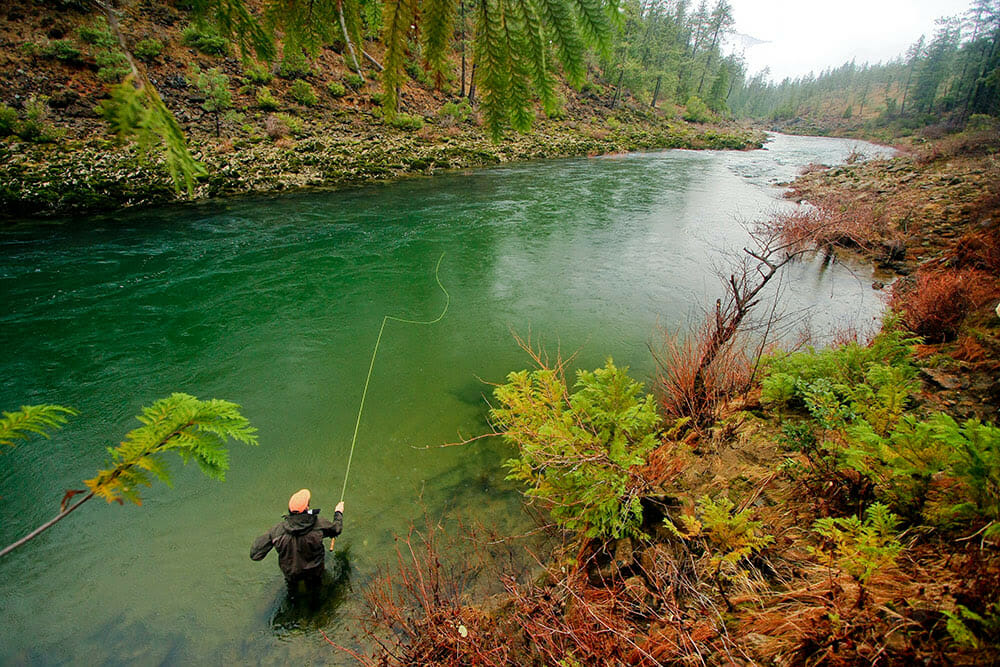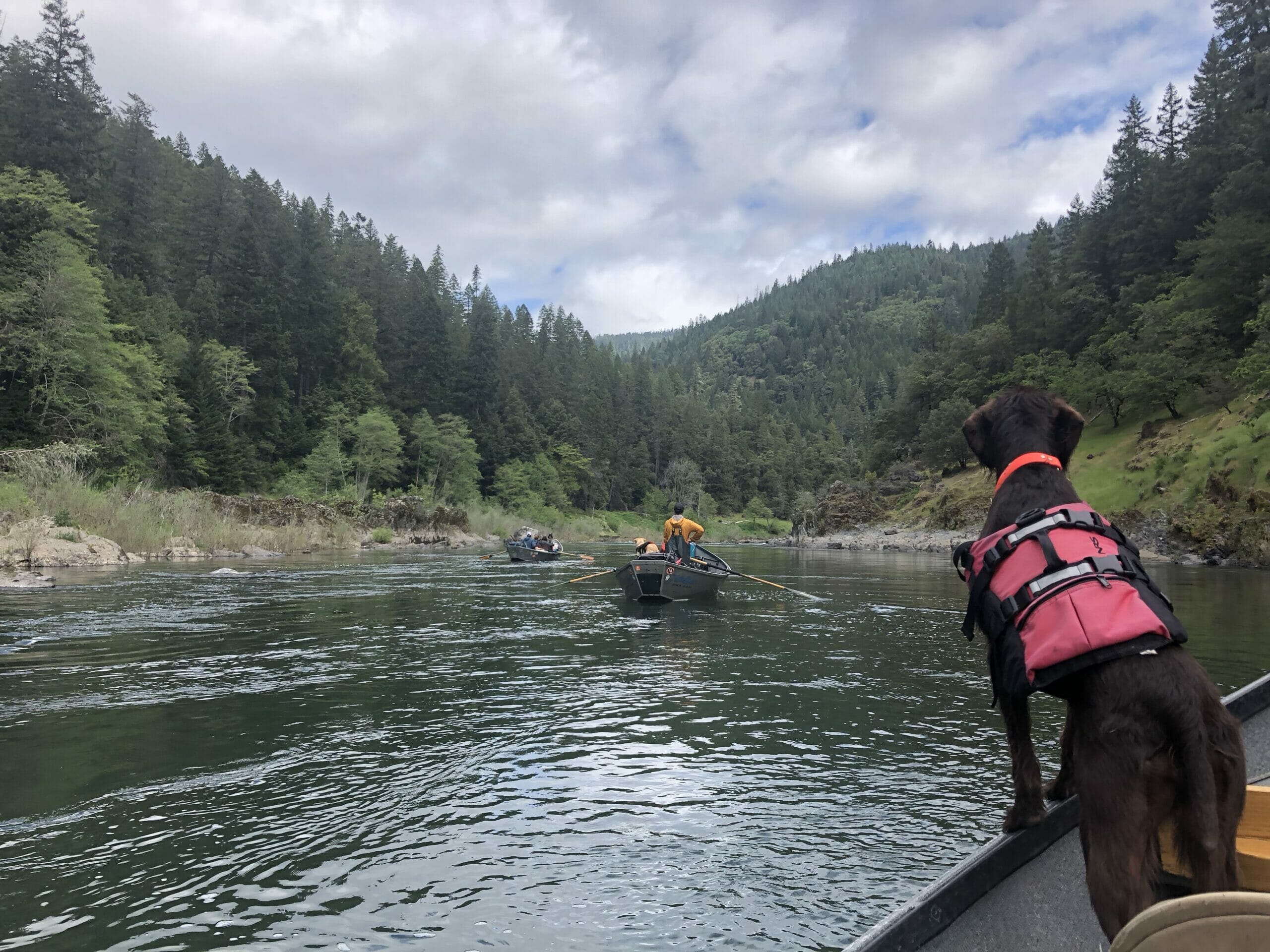A fisheries management plan for southwest Oregon coastal streams spurs debate over harvest of wild steelhead
A fishery management plan being developed for southwest Oregon coastal rivers has generated debate over whether to temporarily reduce or prohibit harvest of wild steelhead. Trout Unlimited’s Oregon Field Director Kyle Smith recently penned an opinion-editorial in the Curry County Pilot making the case for caution in killing wild fish in this region until we have better data on wild steelhead returns and angler harvest.
The Oregon Department of Fish and Wildlife launched the process of preparing the Rogue South Coast Multi-Species Conservation and Management Plan in 2018, with the goal of providing guidance for conserving and sustaining anadromous fish stocks and fishing opportunity. TU and Wild Steelheaders United have been engaged in the planning process since its inception.
The plan covers waters from the Elk River to the California border, including the Rogue River basin, and management of summer and winter steelhead, coho salmon, and coastal cutthroat trout. The most contentious issue being evaluated is angling regulations that allow for harvest of wild winter steelhead.

Given the precarious state of the vast majority of wild steelhead runs today, TU and Wild Steelheaders have advocated for a variety of management responses that prioritize boosting wild steelhead numbers. Even though harvest of wild steelhead is only allowed in a few Oregon rivers, a lack of data on population and harvest numbers indicates we should take a hard look at limiting that practice — at least until we have sufficient monitoring in place to ensure wild fish runs are robust enough to sustain sport harvest.
Right now, we don’t have that data for southwest Oregon rivers. Yet until 2018, fishing regulations allowed for harvest of one wild steelhead per day and five per year in this region. In 2018, the Oregon Fish and Wildlife Commission responded to a petition to end all wild harvest by taking the modest step of directing ODFW to reduce wild fish harvest to one per day and three per season.

Photo: Dean Finnerty.
From both a conservation and a fishing perspective, it makes sense to manage wild steelhead fisheries to achieve a durable population that allows for some harvest and that reduces reliance on hatcheries. This goal is consistent with the “portfolio approach” endorsed by Wild Steelheaders and TU. It’s a range of angling opportunities that vary by stream and that prioritize wild steelhead conservation in those waters where we still have wild populations or good potential to re-establish them.
For southwest Oregon coastal streams, Wild Steelheaders and TU have recommended that some wild harvest continue to be allowed in the Chetco and Rogue Rivers while harvest in smaller systems like the Elk and Pistol Rivers should be discontinued. This would allow ODFW to concentrate monitoring in basins where wild fish harvest is currently allowed and where most harvest is already happening. The Rogue and Chetco have more robust wild steelhead stocks than smaller watersheds like the Elk and Pistol, which may have as few as 100-200 wild steelhead and which could be adversely impacted by a relatively small amount of harvest.
The science is clear — hatcheries are a devil’s bargain. They provide angling and harvest opportunity but their adverse effects on wild stocks are well-documented. Wild fish offer the best hope for a low-cost, sustainable balance of conservation with opportunities for consumptive use. Because the watersheds of southwest Oregon are relatively free of major habitat degradation, do not have major dams (the Rogue being a notable exception), and are not subject to commercial or tribal fisheries, the rivers of this region represent perhaps the best opportunity we have remaining to see what a wild-only fishery with limited harvest — the norm a few decades ago — could look like today.

If we can build out the wild steelhead monitoring program here, and gain better data on adult returns and creel counts, the Rogue and South Coast regions could continue to support wild steelhead harvest — and serve as a model for other regions looking to create sustainable fisheries and to lower hatchery overhead. Regulations based on pre-season forecasts and in-season monitoring of harvest could ensure escapement is sufficient to maintain genetic diversity and population integrity.
To get there, we must proceed cautiously, and ensure the state of Oregon provides the resources ODFW needs to better monitor adult populations and wild harvest so we don’t love wild steelhead to death in this iconic region.



